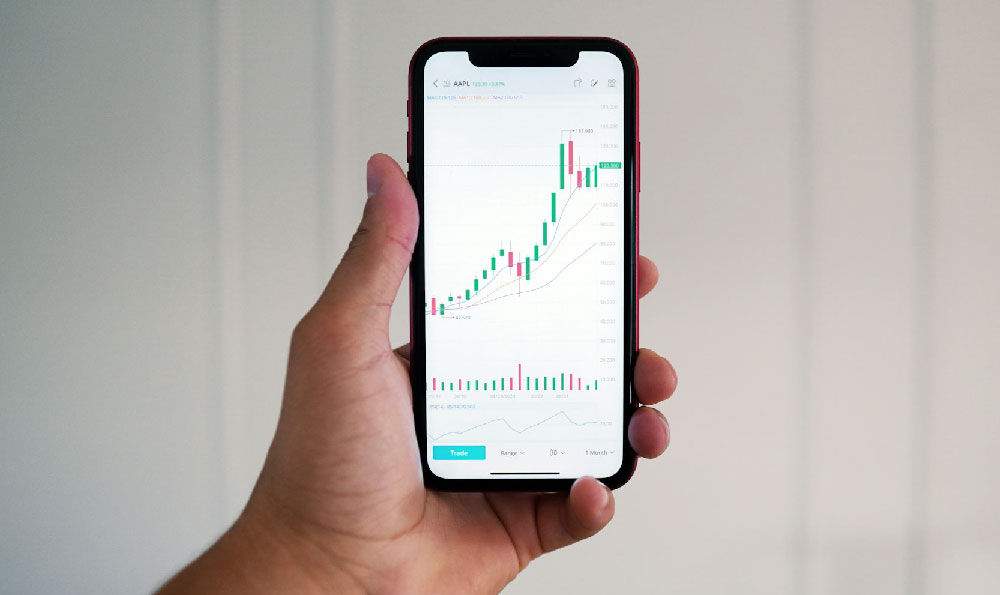Can I Use Keepbit Platform to Send ETH to MetaMask via BSC? Is It Possible?

Keepbit's primary function revolves around enabling users to automatically execute transactions on a centralized exchange (CEX) when specific price conditions are met, eliminating the need for constant monitoring. While Keepbit focuses on automated CEX trading, its functionality doesn't directly encompass cross-chain transfers in the way you're describing. The platform isn't designed to bridge assets between different blockchain networks like Ethereum and Binance Smart Chain (BSC). Therefore, using Keepbit to directly send ETH residing on the Ethereum mainnet to a MetaMask wallet via the BSC network is not possible.
To understand why this is the case and what alternatives exist, it's crucial to grasp the fundamental differences between Ethereum and BSC. Both are blockchain networks, but they operate independently. Ethereum (ETH) resides on the Ethereum blockchain, and Binance Coin (BNB) and other BEP-20 tokens reside on the Binance Smart Chain (BSC). While BSC is EVM-compatible (meaning it can execute smart contracts written for Ethereum), it's still a separate chain. Directly transferring ETH from the Ethereum blockchain to a BSC address isn't feasible without bridging or wrapping.
The core issue lies in the need for cross-chain compatibility. Since ETH is native to the Ethereum network, simply sending it to a BSC address would result in the tokens being irretrievable. BSC wouldn't recognize the ETH transaction as valid within its ecosystem. The BSC network uses its own native token (BNB) and BEP-20 token standard.

So, how can you move ETH from the Ethereum network to a MetaMask wallet, effectively using BSC as an intermediary? The solution involves using bridging solutions or centralized exchanges that facilitate cross-chain transfers. Several options are available, each with its own trade-offs in terms of fees, speed, and security.
One popular approach involves using a cross-chain bridge. A bridge acts as an intermediary that locks your ETH on the Ethereum side and mints a corresponding wrapped version of ETH (like Binance-Pegged ETH) on the BSC side. This wrapped ETH, conforming to the BEP-20 standard, can then be sent to your MetaMask wallet connected to the BSC network. Bridges like Binance Bridge, Multichain, or AnySwap offer this functionality. They work by utilizing smart contracts to lock assets on one chain and issue corresponding representations on another, ensuring a 1:1 peg. This allows users to effectively move assets across different blockchain ecosystems. The process typically involves connecting your MetaMask wallet to the bridge, specifying the amount of ETH to bridge, selecting BSC as the destination chain, and confirming the transaction. Be aware that bridge fees can vary depending on network congestion and the specific bridge used.
Another viable option is using a centralized exchange (CEX) like Binance, KuCoin, or Coinbase that supports both Ethereum and BSC networks. The process involves depositing your ETH onto the exchange via the Ethereum network. Once the ETH is credited to your exchange account, you can withdraw it to your MetaMask wallet, but select the Binance Smart Chain (BEP-20) network as the withdrawal option. The exchange handles the wrapping and bridging process internally, ensuring that you receive Binance-Pegged ETH (or the exchange's equivalent) in your MetaMask wallet connected to BSC. This method is often simpler than using a dedicated bridge, but it involves trusting the CEX with custody of your funds. Be mindful of withdrawal fees charged by the exchange, as these can sometimes be higher than bridge fees. You should also ensure the CEX supports withdrawing ETH via the BSC network, as not all exchanges offer this option. Verify this functionality before depositing your ETH.
Furthermore, consider the security implications of each method. Bridges can be susceptible to smart contract exploits, although reputable bridges undergo regular audits. Using a CEX involves trusting the exchange's security measures, which are generally robust but not infallible. It's crucial to do your research and choose reputable platforms with a proven track record. When using bridges, double-check the contract addresses and ensure you're interacting with the official bridge website to avoid phishing scams. When using CEXs, enable two-factor authentication (2FA) and use a strong, unique password to protect your account.
Before initiating any cross-chain transfer, it's highly recommended to perform a small test transaction first. Send a small amount of ETH to your MetaMask wallet via BSC to confirm that the process works as expected and that you're comfortable with the steps involved. This will help you avoid potential losses if you make a mistake during a larger transfer. Furthermore, ensure you have sufficient BNB in your MetaMask wallet (connected to BSC) to pay for transaction fees on the BSC network. These fees are typically very low, but they're required to interact with the blockchain.
In conclusion, while Keepbit doesn't directly facilitate ETH transfers to MetaMask via BSC, you can achieve this using cross-chain bridges or centralized exchanges. Both options have their advantages and disadvantages, so it's important to carefully consider your needs and risk tolerance before choosing a method. Prioritize security by using reputable platforms, verifying contract addresses, and enabling security features like 2FA. Performing a test transaction is always a good practice to ensure a smooth and successful transfer. By understanding the intricacies of cross-chain transfers and taking necessary precautions, you can effectively move your ETH between different blockchain networks.















